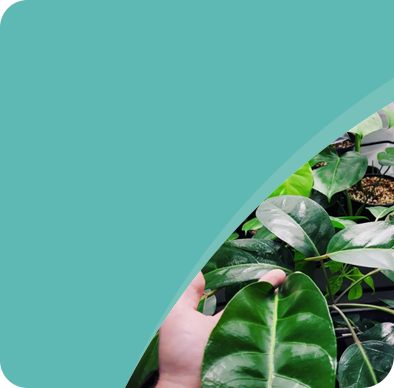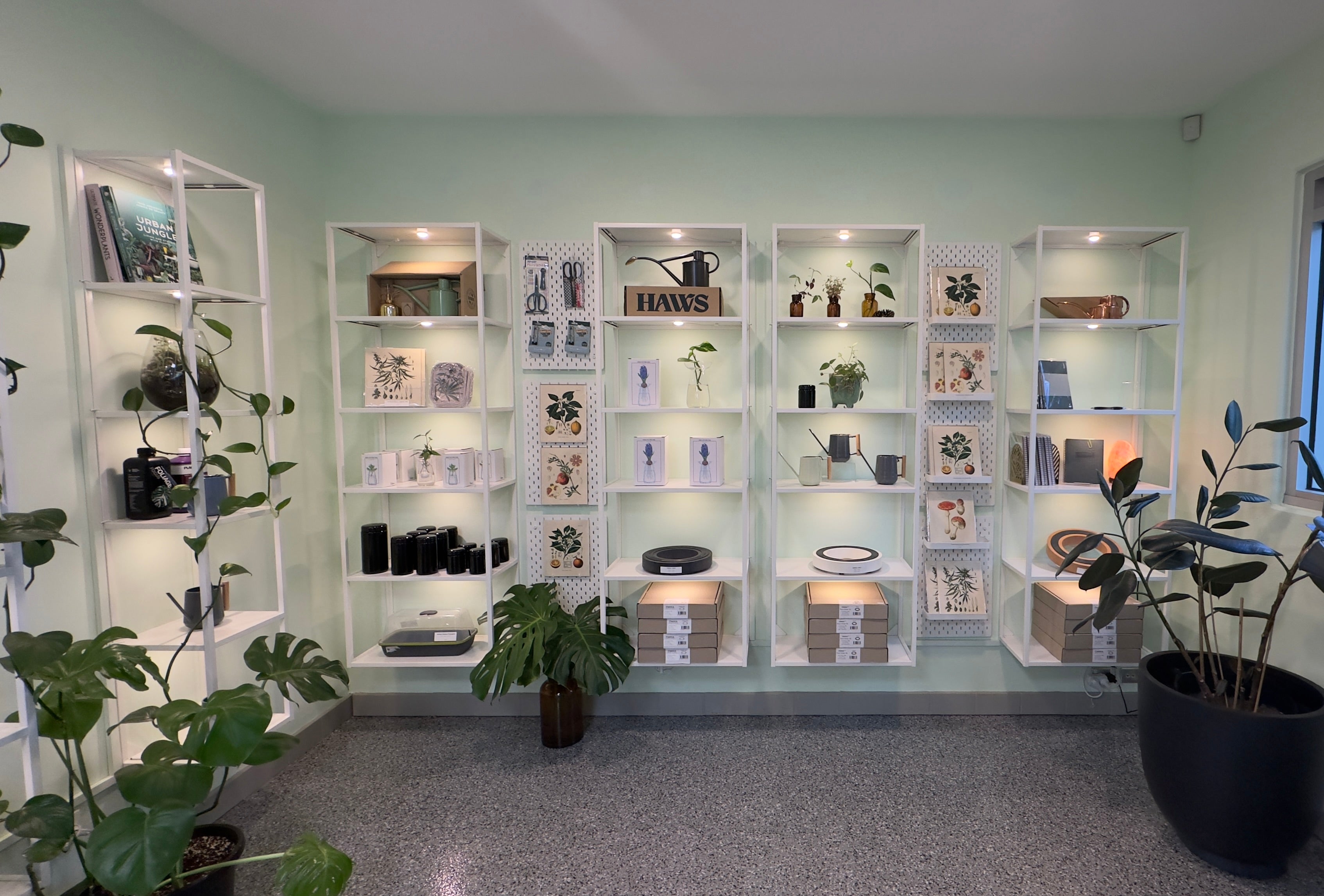Creating highly-productive plants doesn’t just happen naturally, it takes a lot of training, nutritional understanding and a healthy dose of intuition.
With lots of misinformation available on how to top your plants I'll just keep it simple and correct to avoid any confusion.
Traditionally topping is performed after the plant has sexually matured, more recently with the emergence of ‘feminized’ seeds some choose to top before they transition into the flowering photoperiod.
The key is letting the plant assume as much natural growth as possible, if we top before the plants structure has formed you will stress out the plant which can result in poor growth patterns and possible stress related mutations. It is also worth noting that some strains do not respond to topping in the same way as others, so it is always wise to see if the variety you want to practice the technique on has previous data proving the success rates.
Why do we top plants?
Plants have a natural growth pattern. That natural growth pattern is rarely interacted with, as in nature the tip of the plant (meristem) will continually grow, auxin is developed in the tip of the meristem which inhibits the lower branches from “branching out”.
Whereas when we remove central tip (meristem) auxin is now produced in the tips of the lower branches encouraging axial growth/branching.
The topping method does not necessarily create a larger yield, the method is more of a focus on uniformity and fruit consistency.
So, as opposed to one main central fruit and many little fruits, topping gives the gardener a shorter, easy to manage plant with many fruits all equal in size. This technique seems to work amazingly for hobby growing with height restrictions in place.
So, when do we top?
Ah, this will be fun! (and scary first time round!)
Personally, I think growers should wait until the plant has 6 nodes minimum before any topping is considered. The approx. height of the plant would be around 20-30cm, the key here is to top/tip the meristem at the 3-4th node leaving about 1-2cm of stem above the nodes chosen. See below:
If the stem is cut back too close to the axial limb then as time goes by the callous/knuckle that has formed to create strength can split due to an overload of weight.
If this is your first time topping your plant, it can be a very scary procedure to cut your plant in half after all the work you have put into it, but rest assured the plant will be fine!
If the gardener is using regular seed stock, they should wait for the sex to show first! (Sexually maturity takes 6-8 weeks from seed)
Upon the determination of sex, I would suggest preparing some extra propagation cubes and take some clones in case the variety once flowered is desirable breeding stock.
Cut this plant back to the 5-6th node, throw away weak cuttings and keep the strongest.
All topping cuts are recommended to be made with a sharp scalpel for a clean cut, as scissors can sometimes crush the cell walls and cause additional damage to the plant in the cutting process, although if you don't have access to a sharp scalpel or knife, using scissors isn't the end of the world!
What now?
After the initial surgery has been completed, the plant will naturally go through a shock/stress period, the reparation process can take 5-14 days!
You will notice the branches that were growing slowly, emerge on their own as primary limbs. (Read our Super-Cropping tutorial and use both techniques together for an outstanding finish)
If you leave your plant untrained or don't top, branching will be out of control.
Good luck on your topping ventures!





